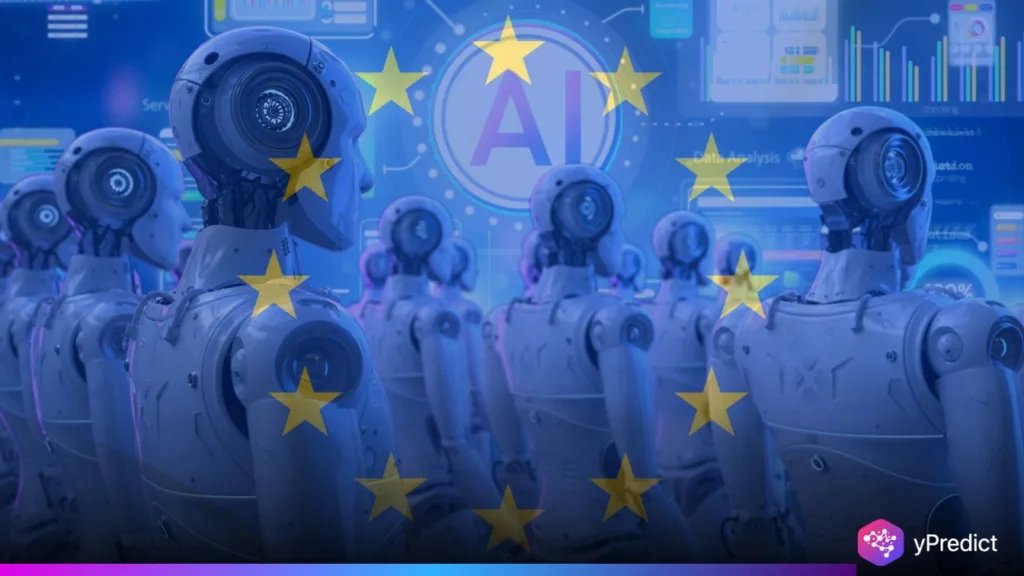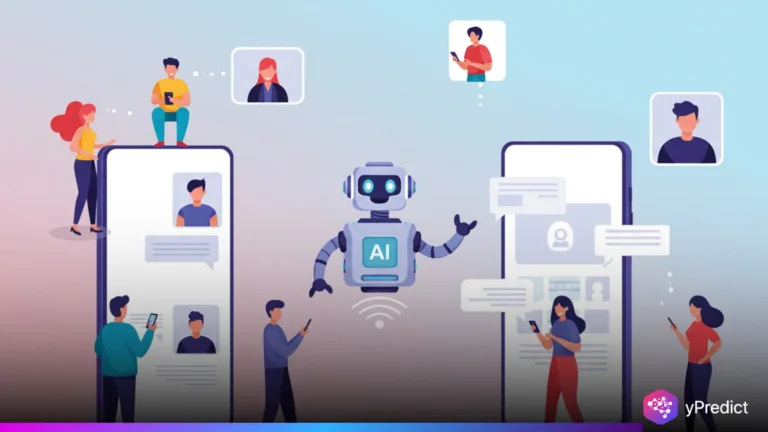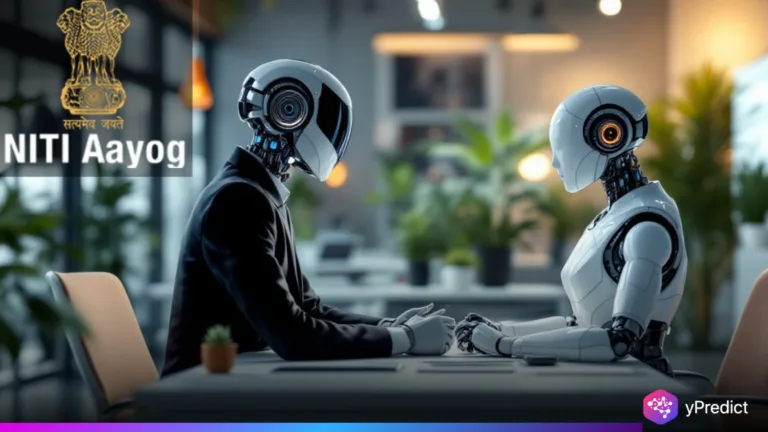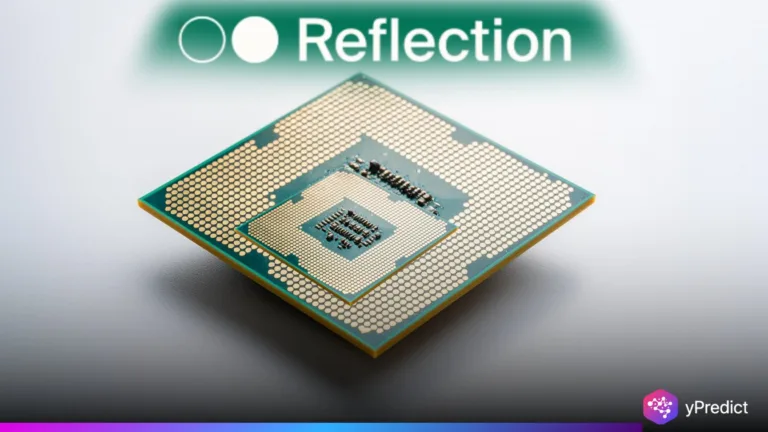
Ursula von der Leyen revealed the EU’s new AI-first plan at Italian Tech Week. It’s a bold move, putting AI center stage in public policy and business, and innovation. The quest is clear—use AI to bring health, mobility, and productivity to Europe. But not everyone’s cheering. Critics worry it could do away with employment and strain already overwhelmed power networks. And although AI-first sounds great in theory, it’s worryingly tech-centric, not human-centric. The pending question is whether Europe can reboot without disposing of its population.
AI-First and Jobs
Supporters say AI-First would keep Europe competitive. The plan urges governments and companies to deploy AI wherever possible, whether in hospitals, factories, or schools. But analysts warn it could have painful side effects.
The IMF says about 60% of advanced economies’ jobs are exposed to AI. Half might get easier or more efficient. The rest? At real risk of automation. That equates to fewer hires, smaller paychecks, and maybe even millions of dollars left on the table. It may also deplete tax bases, requiring governments to do more with less.
Middling accountants, imagine one AI tool. Times that by every office, and it adds up fast. The IMF predicts only a 1% productivity increase in half a decade, hardly sufficient to compensate for the turbulence.)
Critics AI first snubs retraining, job AI Without a bet on human skills, transition can turn smart to save.ge Economists are already baying for an “AI safety net”, programs to help displaced workers move into tech-adjacent careers. Because without it, automation’s gains may flow exclusively to the top 10%, deepening inequality even further.
Energy Strain and Sustainability
There’s another problem. AI eats energy, and lots of it. The IEA projects data centers could consume 945 terawatt-hours by 2030, more than double of current levels. That’s the energy usage of places like Germany or Japan.
It also implies more training models, more servers, and more cooling. It’s a massive suck, especially in Europe, where grids are already taxed. Data centers account for over 10% of demand in Ireland. Similar things in the Netherlands and France.
The irony? Many of the AI-first projects are meant to be sustainable, but instead, they might crank up energy costs and climate emissions. If clean power can’t keep up, regular consumers could get squeezed.
While other policymakers suggest bundling the AI-driven growth with renewable goals. Others point to local data centers that reuse heat or run on hydropower. But the bigger question remains: should progress be dependent on a technology so power-hungry? Until Europe figures that one out, AI first might just become an environmental irony, emerald on top, charcoal beneath.
Conclusion
It captures Europe’s ambition to lead the future tech era. But ambition alone isn’t policy. The timing could make things easier or harder. Jobs and energy and equality — it’s all at stake. The EU now faces a razor’s edge — use AI to drive innovation, but don’t break the fabrics that hold society together. As one economist put it, ‘It’s not banning AI. It’s about pacing it.” For now, AI first is a bold banner, but the true test will be when those first workers and families begin to experience it.






